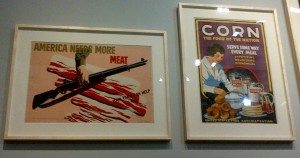Case study on why regulation matters: salt reduction in the UK
Thanks to Courtney Scott, a doctoral student at University of North Carolina, for sending me this account of the fate of Britain’s salt reduction strategies, published in the BMJ (British Medical Journal).
The lead author on the article is Dr. Graham MacGregor, Britain’s leading advocate for diets lower in salt. It is about the derailing of Britain’s remarkable successful salt reduction strategy.
Under the auspices of Britain’s Food Standards Agency (FSA), the salt reduction program initiated in the early 2000s—getting companies to slowly but steadily reduce the salt in their products—was working well.
Most impressive: salt intake, blood pressure, heart disease, and stroke declined in parallel with the decline in salt in the food supply.
But in 2010, Britain elected a more conservative government.
Andrew Lansley was appointed secretary of state for health, and he moved the responsibility for nutrition from the FSA to the Department of Health. This disrupted the salt reduction programme, making it unclear who would be responsible for the policy. In 2011 Lansley launched the responsibility deal, whereby he made the alcohol and food industries responsible for reducing alcohol consumption and improving nutrition, respectively. As a result, salt reduction lost momentum.
The key points of the article:
-
Most of the foods that industry currently provide are very high in salt, fat, and sugars and are therefore more likely to cause cardiovascular disease and predispose to cancer than healthier alternatives.
-
The UK’s salt reduction programme…led to a significant reduction in population salt intake, accompanied by reductions in blood pressure and cardiovascular mortality.
-
The programme has been set back by the coalition government’s decision to hand power back to the food industry as part of the responsibility deal.
-
An independent agency for nutrition with a transparent monitoring programme is urgently needed to improve the food that we eat.
As I’ve explained previously, most salt—80% or more—in American diets is already in processed and prepared foods when they are presented to us. That’s where the salt reduction has to come from. As the authors explain,
Members of the food industry have said that they are keen to reformulate their foods to make them healthier. All they require is to be on a “level playing field” with the other major companies, so that they can make their foods healthier in a structured, incremental way. They need to be assured that there are proper reporting mechanisms in place and that all of the companies are being monitored equally. Enforcement is required, and if it doesn’t work, regulation or legislation must be enacted.
The debates over salt may be the most contentious in the field of nutrition (as the Washington Post puts it), but the parallels between the British decline in salt intake and in salt-related disease are impressive.
On a population basis, eating less salt is healthier.
This is something you can’t easily do on your own. The food industry has to do it. And food companies don’t want to, for obvious reasons.
Hence: the need for regulation.


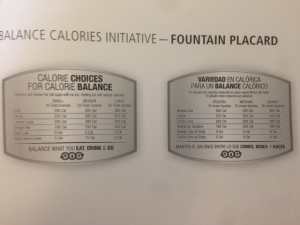

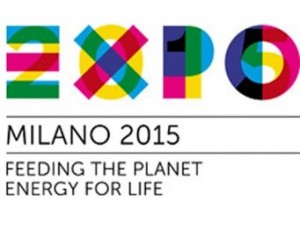
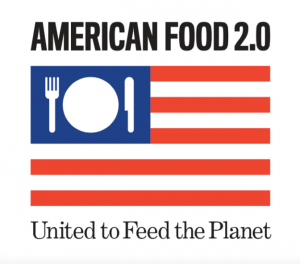






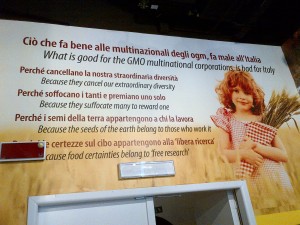 In case you can’t read the photo:
In case you can’t read the photo:

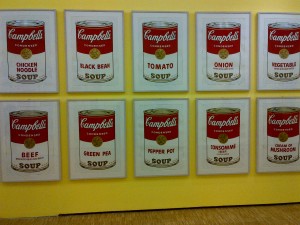 Gehry:
Gehry:
